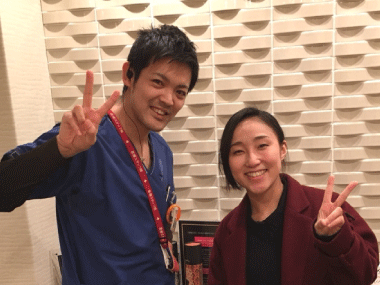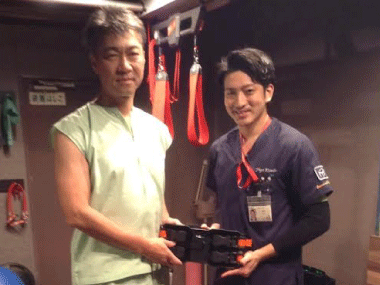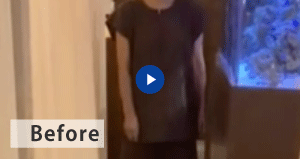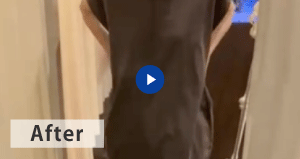Hip pain
For Those Suffering from Hip Joint Pain
The main symptoms of hip osteoarthritis are joint pain and dysfunction. The hip joint is located in the groin area (the base of the leg), so initially, pain is felt in the groin when standing up or starting to walk. Pain may also be felt in the groin when lifting the leg or in the buttocks and groin area after walking. There are various potential causes of hip joint pain.
As osteoarthritis progresses, the pain intensifies, and in some cases, patients may suffer from persistent pain (constant pain) or nocturnal pain (pain even while sleeping).
Many patients are women, and in these cases, the main causes are sequelae of developmental hip dysplasia or hip joint malformation, which are disorders or diseases from childhood. It is said that these account for 80% of all hip osteoarthritis cases. Recently, with the aging society, hip osteoarthritis can develop with age, even without any obvious past disease causing it.
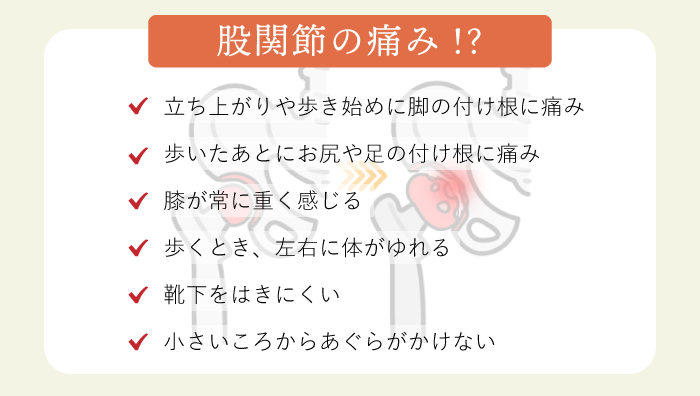
Structure of the Hip Joint
The hip joint is located at the base of both legs, connecting the pelvis and the femur. The cup-shaped acetabulum and the spherical femoral head are connected, forming a ball-and-socket joint. This structure allows for high mobility, enabling movement in various directions, both forward and backward, as well as side to side. Additionally, it supports the body’s weight while maintaining movement, allowing for complex movements common in Japanese daily life, such as “seiza” (sitting on the knees) and squatting.
The surfaces of the femoral head and the acetabulum are covered with elastic cartilage. This cartilage absorbs shocks, reduces friction during joint movement, and enables smooth motion. However, if the cartilage gradually wears away due to some form of damage, pain begins to develop in the hip joint, and the range of motion becomes increasingly restricted, leading to limitations in daily activities.
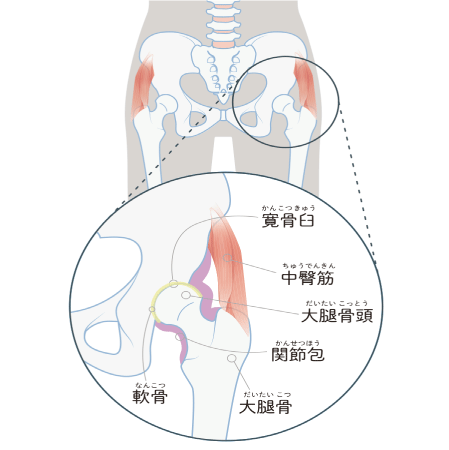
Common Disorders
- 01.Osteoarthritis of the Hip
- 02.Avascular Necrosis of the Femoral Head
- 03.Rheumatoid Arthritis
- 04.Groin Pain Syndrome (Groin Pain Syndrome)
The most common of these is Osteoarthritis of the Hip.
01. Osteoarthritis of the Hip
Osteoarthritis of the hip refers to the condition where the joint becomes deformed and deteriorates. In severe cases, the spherical joint surface disappears, hindering smooth movement. Most patients who come in saying “my hip hurts” are diagnosed with Osteoarthritis of the Hip.
As the cartilage in the hip gradually wears away, pain and walking difficulties begin to appear. Pain may occur when standing up or starting to walk, and the surrounding muscles may stiffen. This can reduce the range of motion in the hip joint, leading to difficulties in daily activities.
02. Avascular Necrosis of the Femoral Head
Pain is often felt suddenly when weight is placed on the hip joint during standing or walking. The pain often subsides gradually after it is felt, and the condition may progress with the hip joint deforming and becoming more damaged, alternating between times when pain is felt and times when there is no pain at all.
03. Rheumatoid Arthritis
Patients often experience pain and swelling in the joints of both hands and feet, with these sensations recurring over time. Swelling and pain can occur in various joints of the body, including the fingers, hands, elbows, shoulders, feet, knees, and hips.
04. Groin Pain Syndrome
This is a general term for groin pain experienced during activities like standing up or exercising, without clear muscle damage or bone abnormalities. It can occur due to decreased mobility in the hip joint, pelvis, and lumbar spine, instability caused by weakened muscles around the hip, and reduced coordination between the trunk and lower limbs, all leading to concentrated stress that causes pain and functional impairments.
Intervention Examples Unique to Medical Japan
There are cases where invasive therapy (surgery to eliminate pain) and conservative therapy (recovering without surgery) are options. Here, we will describe the conservative therapy (recovering without surgery) that we perform at our clinic.
AI Posture Analysis System
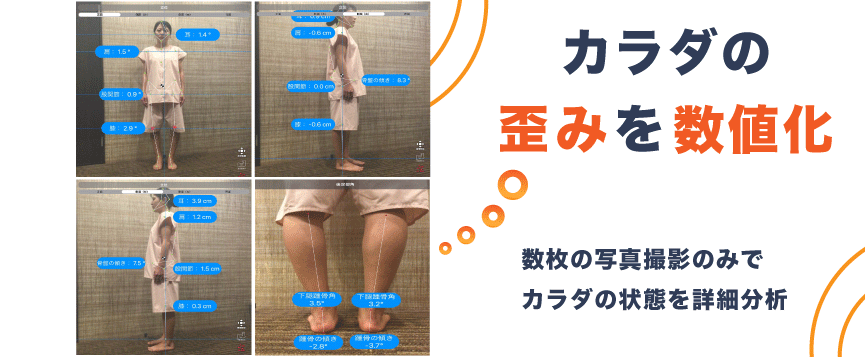
From your current posture, we can estimate areas where muscles become stiff, areas that cause pain, and your future posture. This allows us to explain the treatment plan and effects in a clearer way. Patients are also able to understand their body condition more easily.
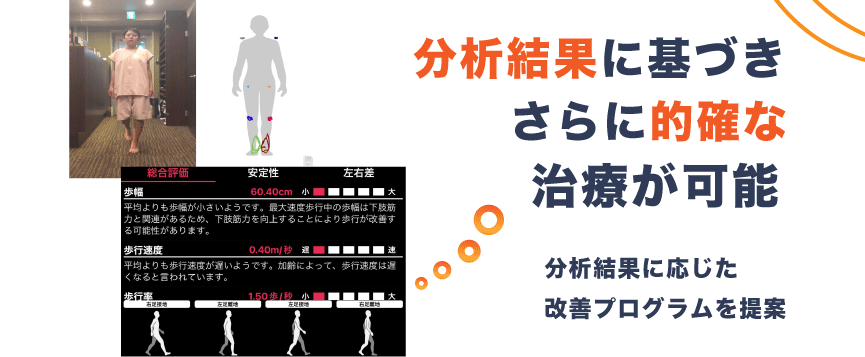
This helps us determine which muscles need to be relaxed and which muscles need to be trained. By recognizing your own body, you can understand what needs to be improved. Of course, more accurate treatment is also possible. Based on this analysis, we can provide you with tailored training and stretching methods.
Foot Care
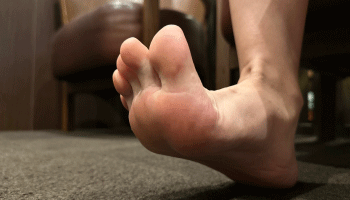
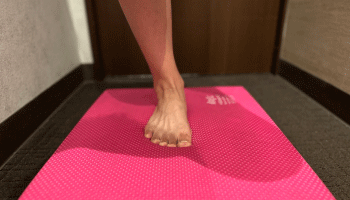

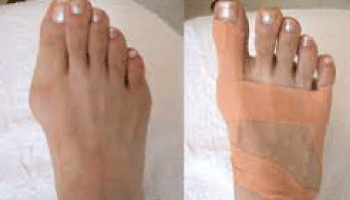
German-Style Foot Care
For treating corns and calluses, we use specialized German equipment, which removes the core without injuring the skin, and the procedure is painless. You can walk right after the treatment.
Thick nails and unstable nails are also neatly trimmed and polished using the specialized equipment, leaving your nails smooth and shiny.

Myopressure (Gait Analysis Machine)
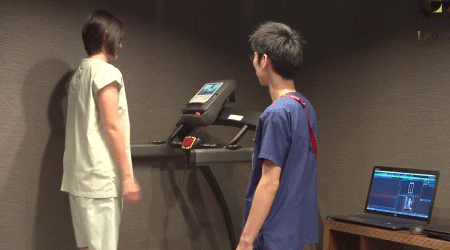
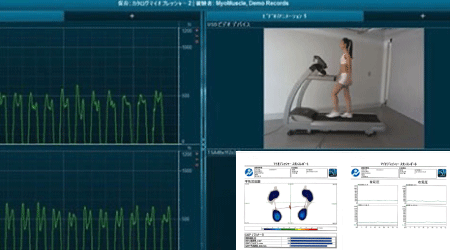
By walking on a treadmill equipped with approximately 20,000 sensors, you can learn about your foot pressure, center of gravity shift, and left-right weight distribution. Additionally, by using two cameras, you can visually check your walking posture.
There has been significant change after a year and a half of rehabilitation!!
Insoles & Shoe Prescription

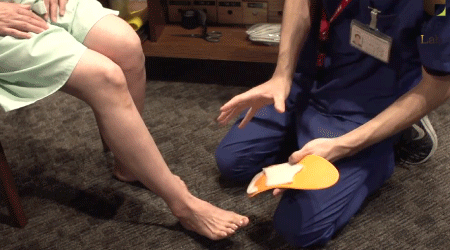
Based on the results measured by the Myopressure (Gait Analysis Machine), we are able to create insoles that fit your body. By observing the imbalance in weight distribution and the deviation of your foot’s trajectory while walking, you can identify areas for improvement and walk with your entire foot used correctly.
By using insoles that fit your body, you can unlock your feet’s natural function, with the arch of the foot being properly supported, making it easier to achieve proper weight distribution. This leads to improved performance, increased endurance, reduced fatigue, and less stress on muscles and the body, making everyday walking more comfortable.
Realign Core & Realign Balance Shoes
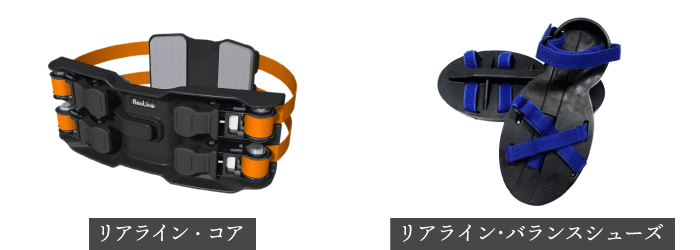
The Realign Core is an exercise aid designed to correct the misalignment of the pelvis and ribcage, which form the body’s core. When asymmetry occurs in the pelvis or ribcage, it can adversely affect the entire spine as well as the movement functions of the shoulders, neck, and hips.
By wearing the Realign Core and performing a simple 10-minute exercise, you can correct the misalignment of the pelvis and ribcage and effectively learn the “optimal movement patterns” for your spine.
Medical Japan Intervention Examples
Balance Correction Exercises
The primary motor cortex is involved in actions like standing, walking, and running, and is responsible for controlling muscles and joints. By retraining this motor cortex, one can learn to use the correct muscles at the right timing, allowing the body to move smoothly without incorrect movements. This helps prevent recurrence of issues.
As a result, pain is reduced, and it can be said that “true treatment” is achieved when daily activities are no longer hindered. At Medical Japan, we use our rehabilitation knowledge to support improvements in the root causes of such issues.
Left Hip Joint, Labral Tear Patient
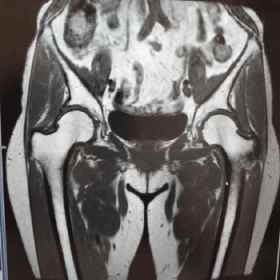
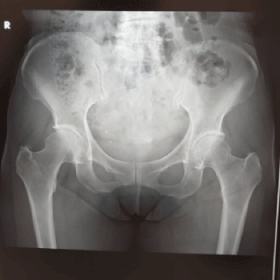
After visiting our clinic for left hip joint walking pain, the patient was referred to Keio University Hospital, where a diagnosis of left hip labral tear was made.
Changes Through 4D Chiropractic, Medical Insoles, and Blood Flow Training
As a result, the left hip joint walking pain has disappeared, daily activities are now problem-free, and the patient is now appropriately increasing exercise load.
Walking Diagnosis/Walking Instruction
With a tailored approach, we not only improve pain but also provide one-on-one guidance to prevent recurrence.
Medical Fitness for the Hip Joint
- 01. Evaluation
- 02. Improve range of motion of both joints
- 03. Fitness
- 04. Re-evaluation
- 05. Home exercise prescription
Prevention and Rehabilitation
Since joints are irreplaceable throughout life, it is important to reduce strain and use them carefully once diagnosed with this condition.
If caught early, it’s important to observe how your joints react to certain movements and match “daily activities” with “pain-preventing usage” as much as possible. Using painkillers can be an option, but it’s better to limit their use to times when you’re feeling unwell or absolutely need to strain the joint.
On the other hand, when in pain, you tend to stop walking, and this can lead to muscle weakening. Ideally, you should engage in water walking or swimming (excluding breaststroke) two to three times a week. There are other forms of exercise therapy, but exercise therapy may trigger pain, so it is important to begin cautiously and gradually increase the intensity.
Recommendation from the Doctor
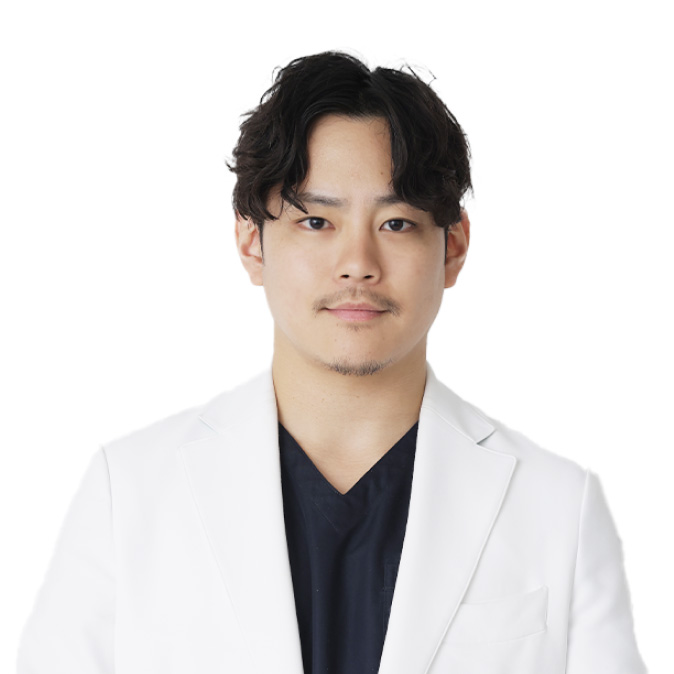

Background & Achievements
・Graduated from the Faculty of Engineering, Kyoto University, Department of Physics
・Completed Special Training at Harvard Medical School
・Graduated from Nara Medical University
・Specialized in Plastic Surgery, Dermatology, Orthopedic Surgery
I am Dr. Ryohei Tsuchida, the Director of Tokyo Bisen Clinic Shibuya. At our clinic, we provide treatment based on orthopedic expertise and address various musculoskeletal conditions. We have a radiology room to perform high-accuracy diagnoses.
While we address a wide range of musculoskeletal conditions, I highly recommend the treatments provided at Medical Japan as trustworthy treatment methods.
For example:
Acupuncture and Chiropractic to address pain and numbness from the root cause
We aim for sustained recovery by addressing pain and numbness from the root cause, including conditions like shoulder pain, back pain, arthritis, myofascial pain, and neuralgia.
Rehabilitation and Evaluation Analysis to Prevent Recurrence
We create personalized rehabilitation plans based on detailed evaluations to prevent recurrence of knee and shoulder joint conditions, and chronic back pain.
Strengthening the Body Through Training
After recovery, we strengthen the body to prevent recurrence, sports injuries, and muscle weakness.
Medical Japan offers comprehensive health support based on evidence, making it a highly recommended clinic for those suffering from musculoskeletal issues like shoulder pain, back pain, arthritis, myofascial pain, and sports injuries.
References
Testimonials from Visitors
